| Vintage Pulp | Aug 4 2014 |

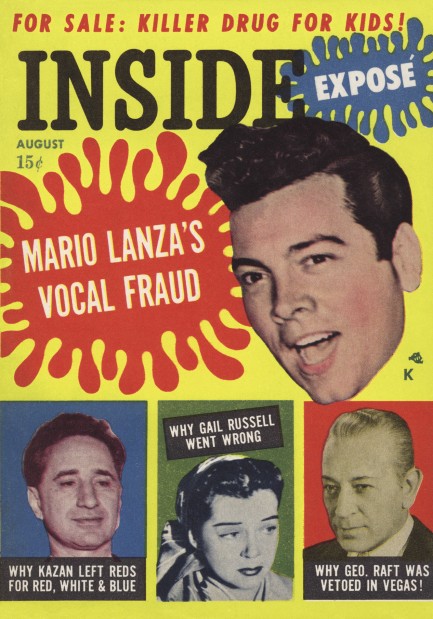
Here’s a new addition to the ever expanding roster of mid-century tabloids on Pulp Intl.—Inside, which we mentioned in relation to our post on Liberace a while ago. Inside was a pocket-sized magazine that came to newsstands in 1955 thanks to New York City’s Dodshaw Publishing Corporation. It seems to have lasted only three years. This August 1955 issue, which was originally scanned and uploaded by Darwin’s Scans, features singer Mario Lanza, filmmaker Elia Kazan, and actors George Raft and Gail Russell, among other subjects. Because the print in a pocket publication is readable when scanned and enlarged, we’re going to let you check out the stories yourself. You can read a bit more about Inside here. Enjoy.
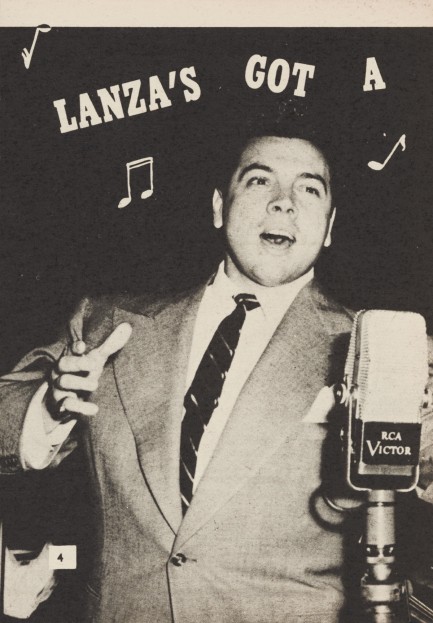
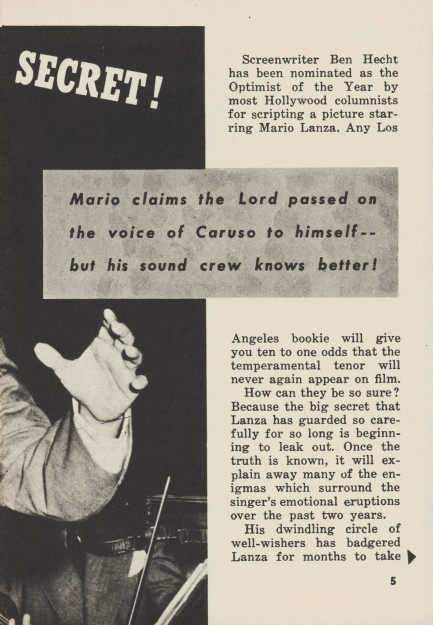
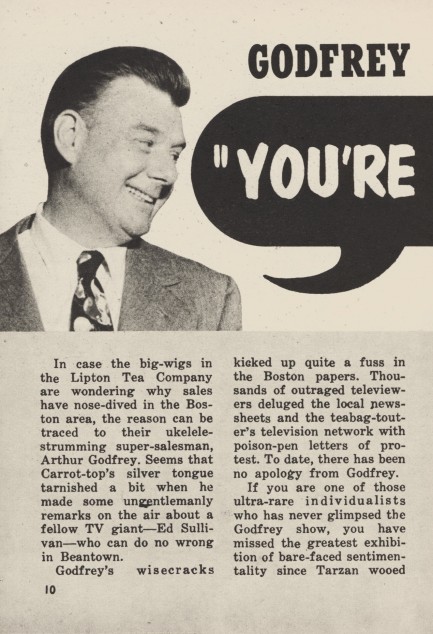
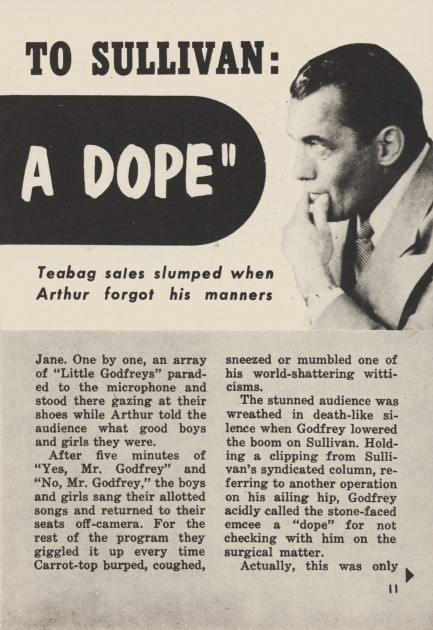
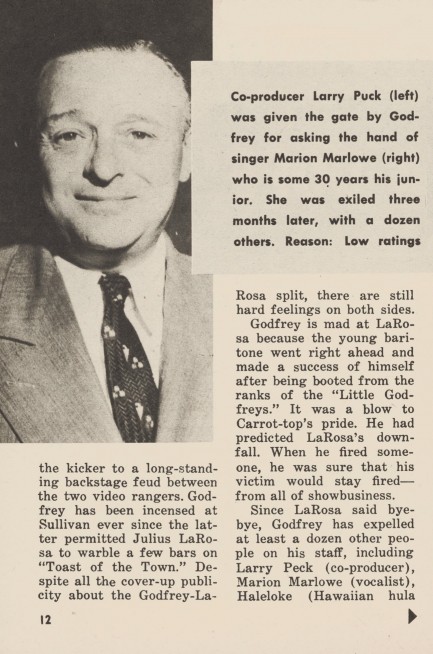
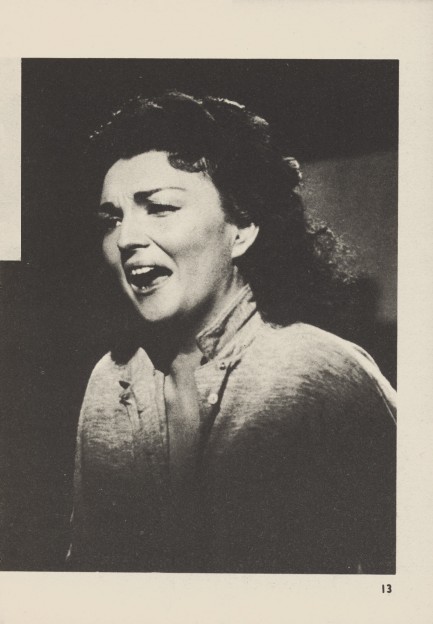
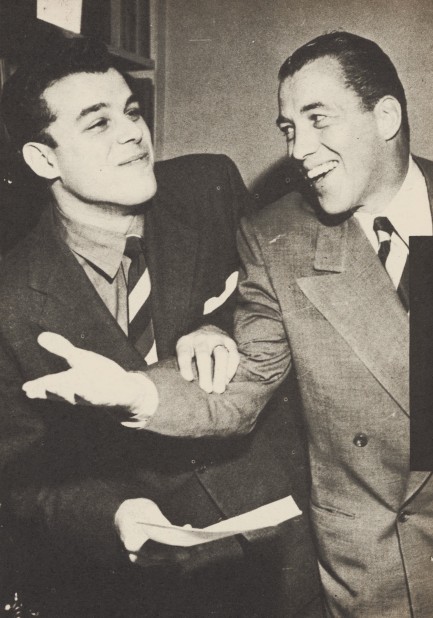
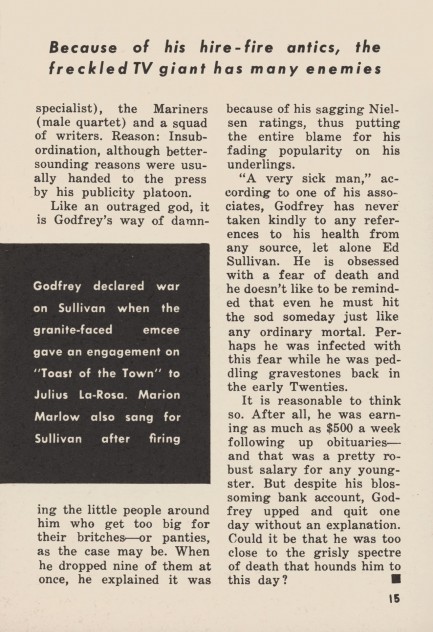
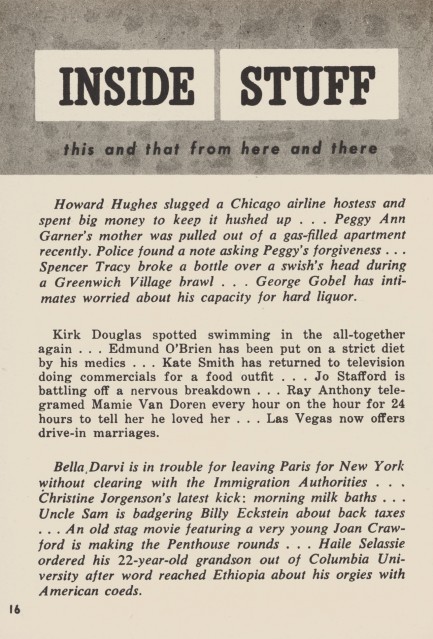
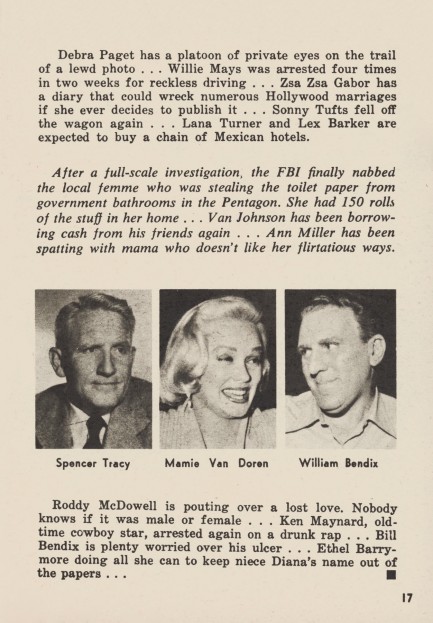
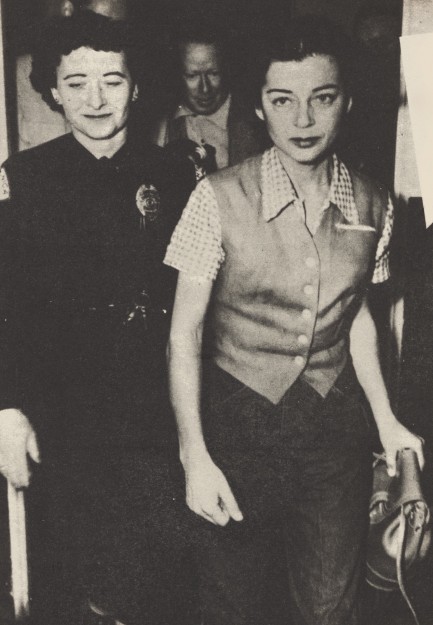
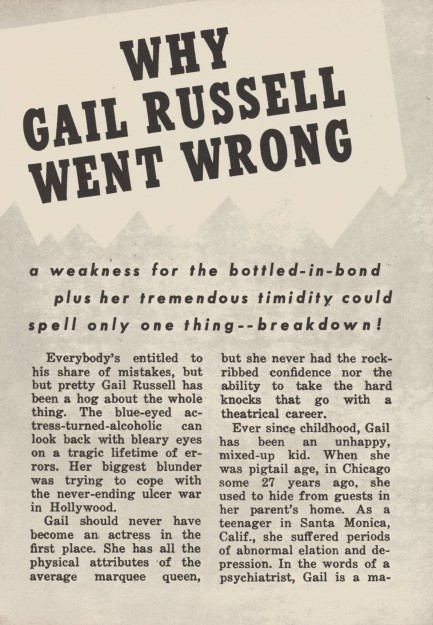
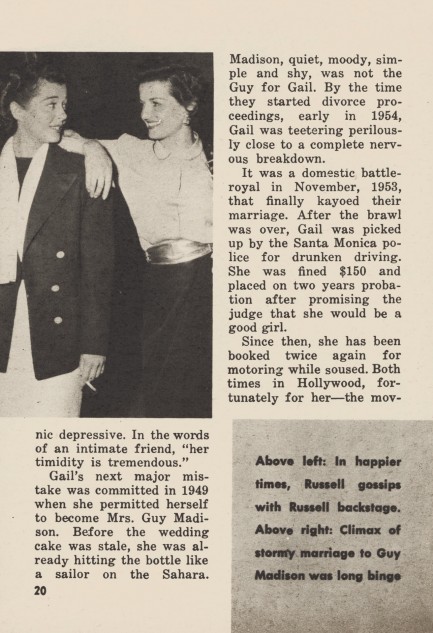

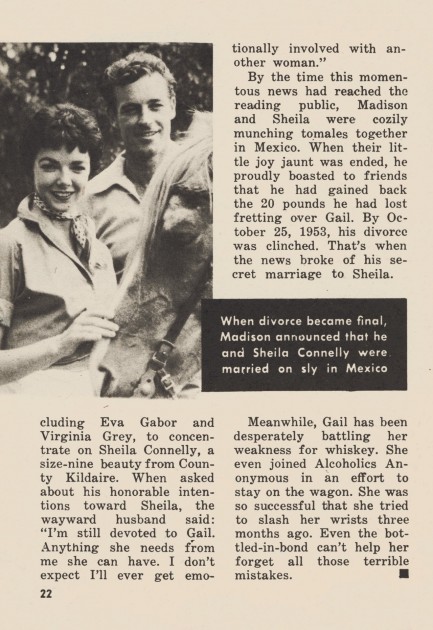
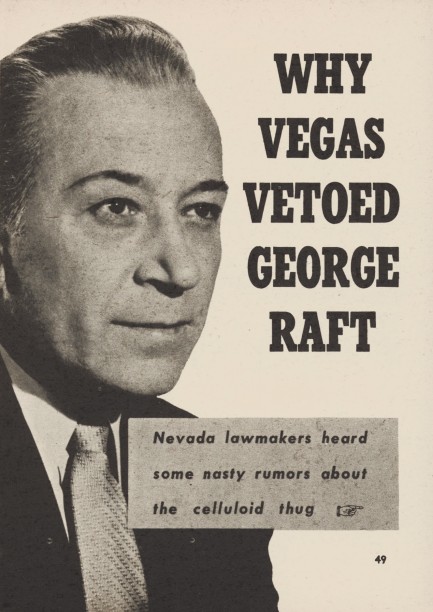
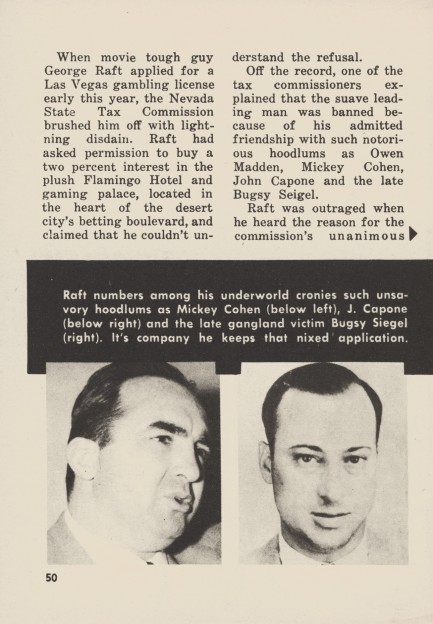
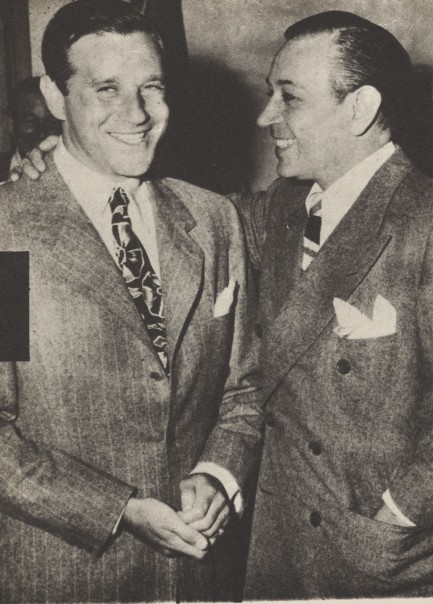
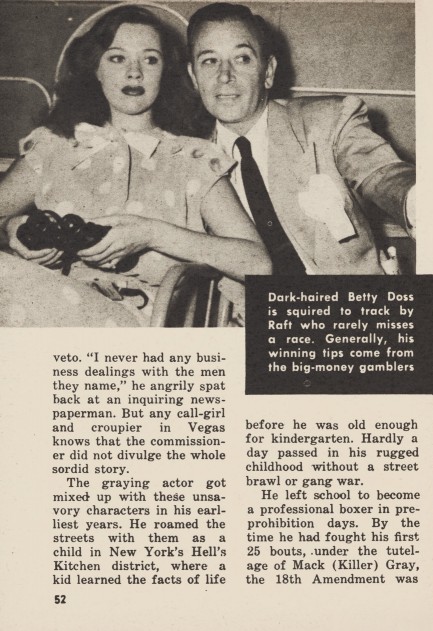
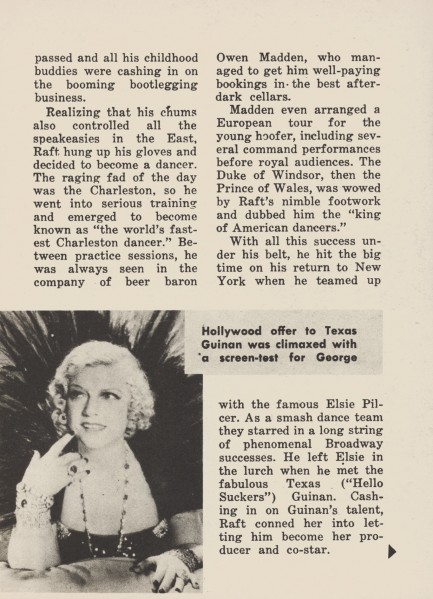
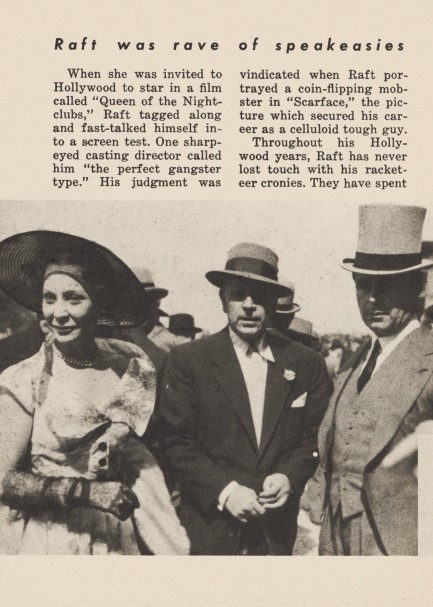
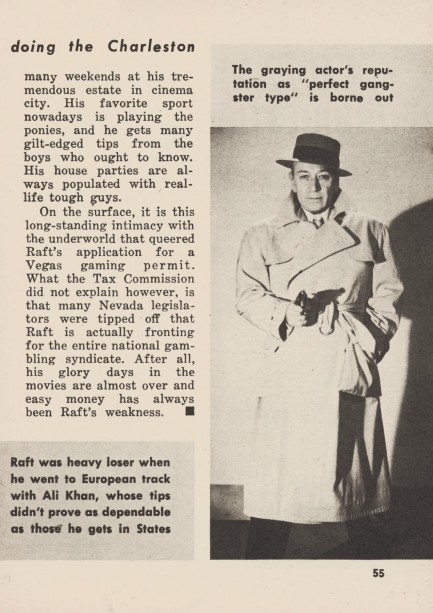
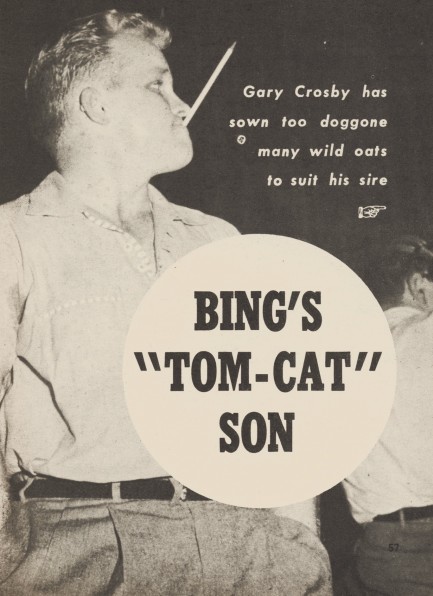
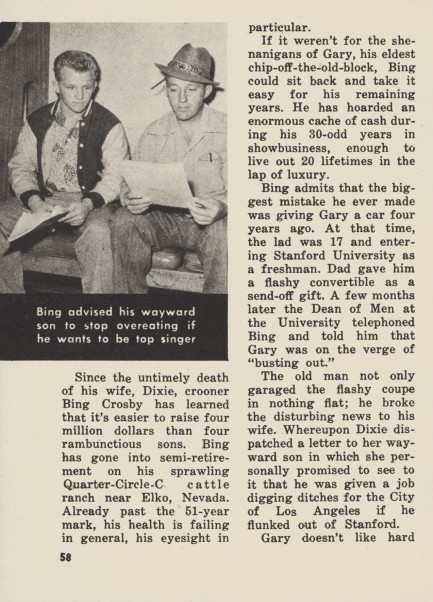
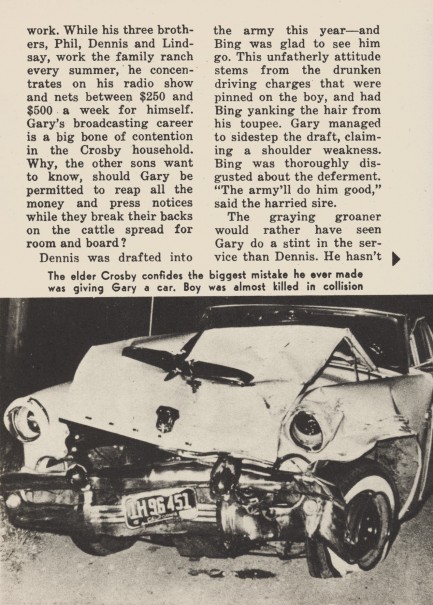

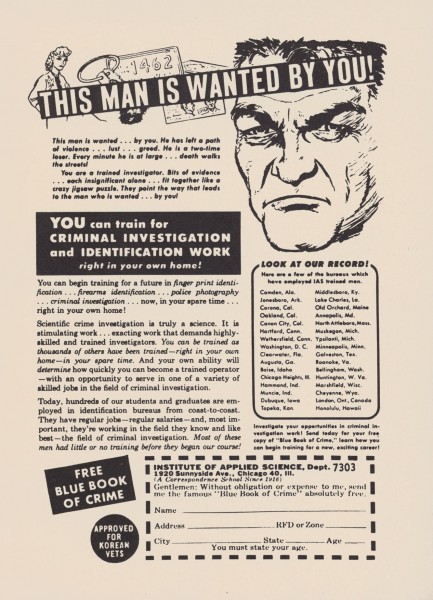
| Hollywoodland | Sex Files | Feb 26 2014 |

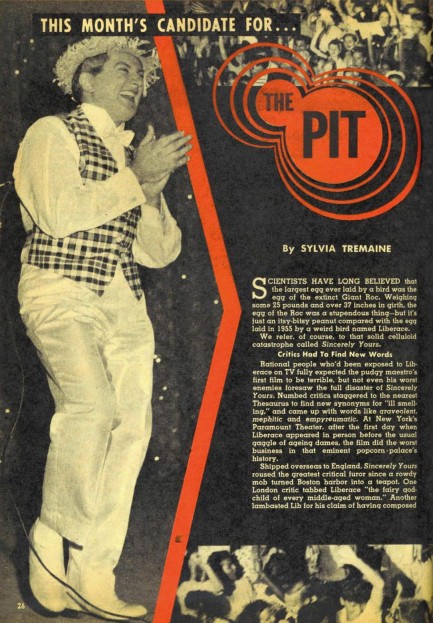
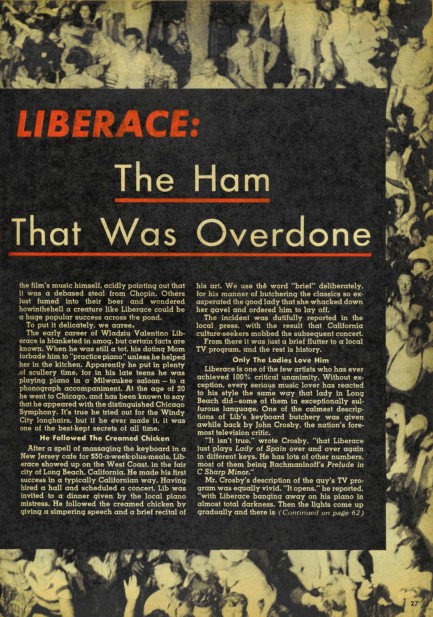
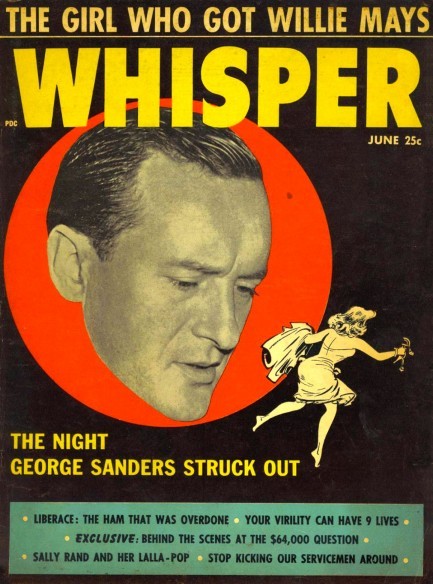 A long while ago we shared the cover of a 1956 Whisper featuring George Sanders. The same issue had an article on Liberace, and we’re returning to that today as part of our look at mid-century tabloid attitudes toward gay culture. In general of course, the tabloids were brutally insulting, using overt as well as coded language to get intimations of homosexuality across. Theoretically, when dealing with public figures they had to be somewhat cautious, but both Rave and Inside had in 1954 written stories insinuating that Liberace was gay, and in 1955 Suppressed and Private Lives did the same. In Whisper, a journalist writing under the name Sylvia Tremaine refers to Liberace as a “creature,” labels his speech as “simpering,” and describes his move to television this way: “From there it was just a brief flutter to a local TV program.”
A long while ago we shared the cover of a 1956 Whisper featuring George Sanders. The same issue had an article on Liberace, and we’re returning to that today as part of our look at mid-century tabloid attitudes toward gay culture. In general of course, the tabloids were brutally insulting, using overt as well as coded language to get intimations of homosexuality across. Theoretically, when dealing with public figures they had to be somewhat cautious, but both Rave and Inside had in 1954 written stories insinuating that Liberace was gay, and in 1955 Suppressed and Private Lives did the same. In Whisper, a journalist writing under the name Sylvia Tremaine refers to Liberace as a “creature,” labels his speech as “simpering,” and describes his move to television this way: “From there it was just a brief flutter to a local TV program.”
You’ll notice there’s deniability in all those words—Whisper could claim there was nothing defamatory in the language. Ridiculous, of course. Clearly the magazine was calling Liberace gay, and only a fool would claim otherwise, but defamation had not occurred to an extent that would stand up in court. Thus we see the joy of coded language. The same occurs in the U.S. today in certain media outlets with language directed at African Americans. The disparagement is clear, but deniable. Or for a cinematic example of coding, consider the Maltese Falcon and how the character of Joel Cairo is announced by flute trills on the soundtrack. Clear, and yet deniable. But in its Liberace article Whisper then throws deniability out the window with this: “Hollywood snickerers are wondering, in fact, if all the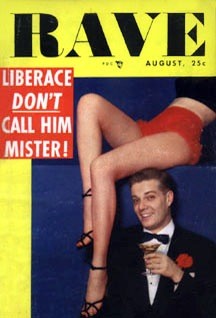 male hormones earmarked for the Liberace boys weren’t hogged by George, leaving Lee with only his nimble fingers.” That goes a bit beyond code, wouldn’t you say?
male hormones earmarked for the Liberace boys weren’t hogged by George, leaving Lee with only his nimble fingers.” That goes a bit beyond code, wouldn’t you say?
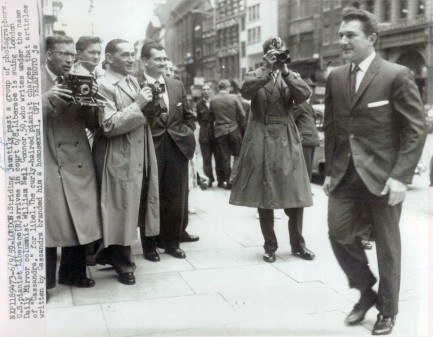 descriptive text, written for newspaper staff, is meant to simply get across the basic facts of the photos and is typically pretty dry stuff. But this describes Liberace as "the curly-haired pianist" and says his walk is "jaunty." Clear, but deniable.
descriptive text, written for newspaper staff, is meant to simply get across the basic facts of the photos and is typically pretty dry stuff. But this describes Liberace as "the curly-haired pianist" and says his walk is "jaunty." Clear, but deniable.| Hollywoodland | Dec 13 2010 |

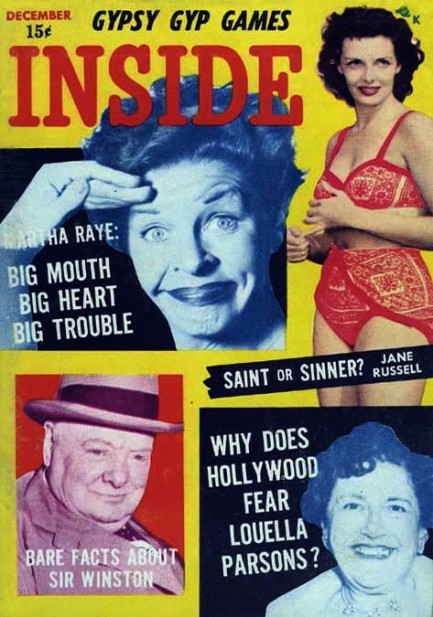
This December 1955 cover of Inside asks why Hollywood fears Louella Parsons. And the answer is because Parsons was at the time arguably the most important tastemaker in the world. Louella Parsons, née Luella Rose Oettinger, was the first person to write a true gossip column, beginning in 1914 when she worked for the Chicago Record Herald. Later, publisher William Randolph Hearst gave her a column in the Los Angeles Examiner that was eventually syndicated to 600 papers worldwide, which amounted to a readership of about twenty million people.
Parsons considered herself Hollywood’s moral watchdog and didn’t think twice about damaging the careers of celebrities she believed had behaved badly. She was also the gatekeeper of success for aspiring starlets—a few negative words in her column and a lifetime’s dream was shattered. The irony of all this self-righteousness is that she may have earned her column as a reward for helping cover up a killing.
The story goes that powerful publisher William Randolph Hearst either accidentally or intentionally shot producer Thomas Ince in the head while cruising with Ince, Hopper, and other guests on his 200-foot yacht the Oneida. While it’s impossible to say if this is true, it’s interesting that the guests on Hearst’s boat all had wildly different stories about what happened. Several, including Charlie Chaplin, denied ever being on the cruise, a claim that was contradicted by other guests. Hearst’s papers went the opposite route, reporting in unison that it was Ince who had never been on the boat. Instead, they claimed he died of a heart attack on Hearst’s ranch in San Simeon.
Later the story was revised—he had been on the boat, but had taken ill, left for Los Angeles by train, and died en route. By legal standards, it would be impossible to prove a cover-up took 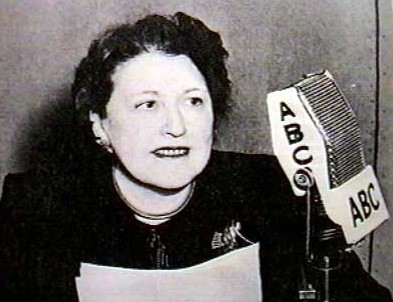 place. But by the lesser standards of plain logic, there’s no doubt that when a guy gets sick and has to leave a boat, people don’t fall over themselves making up conflicting stories about what happened.
place. But by the lesser standards of plain logic, there’s no doubt that when a guy gets sick and has to leave a boat, people don’t fall over themselves making up conflicting stories about what happened.
The aftermath of the incident was just as curious. Ince’s widow refused to allow an autopsy and had her husband immediately cremated. Hearst then set her up with a trust fund and she left for Europe, never to return. It was also around then that Hearst gave Parsons was a contract to be a columnist for his influential Examiner newspaper.
All these gifts were, at the very least, cases of extremely suspicious timing, but Ince’s death was never seriously investigated. A token police inquiry predictably turned up nothing, and all the lies were papered over. Louella Parsons didn’t squander her Devil’s bargain—if indeed that’s what it was. From her post at the Examiner she ruled Hollywood for thirty years, a moral arbiter who in all likelihood had a secret in her past that dwarfed any of those she revealed in her column.




































































